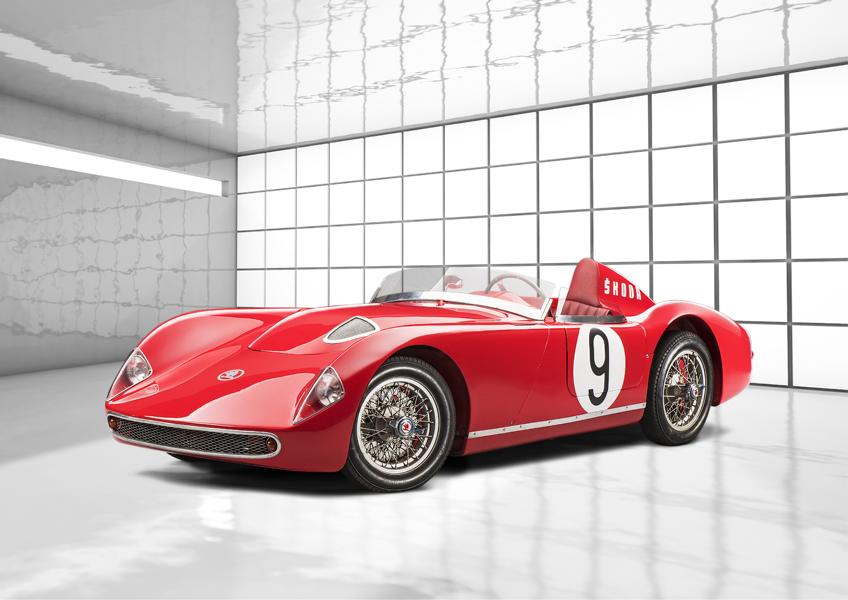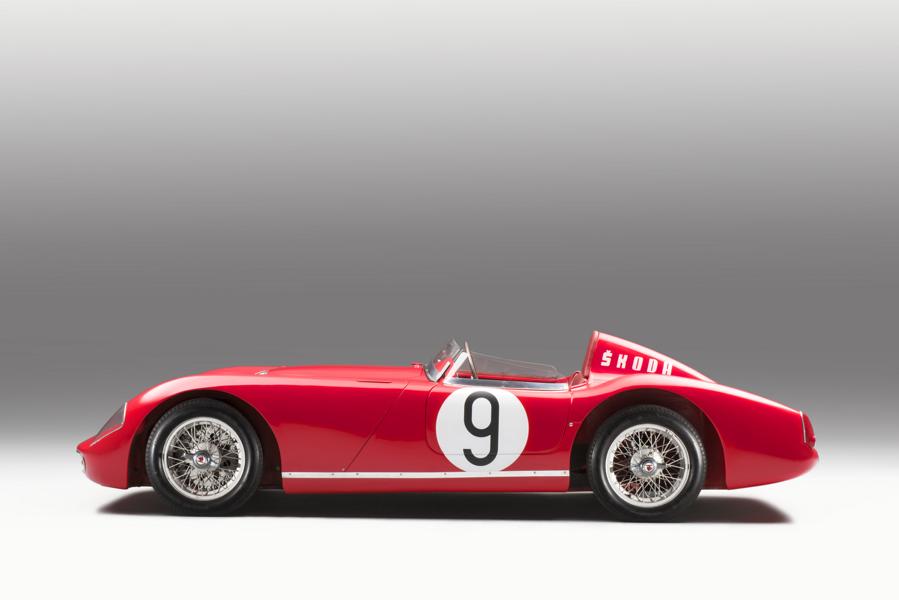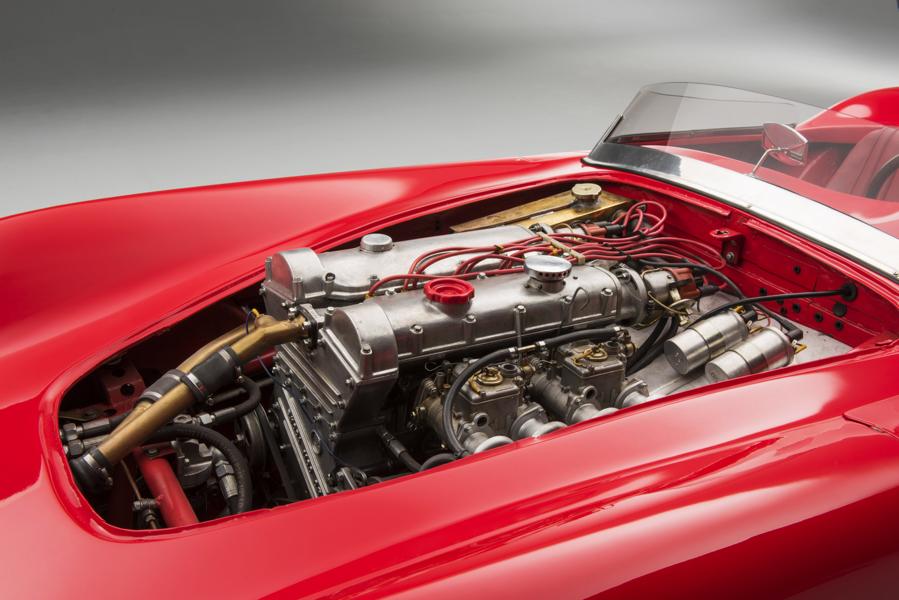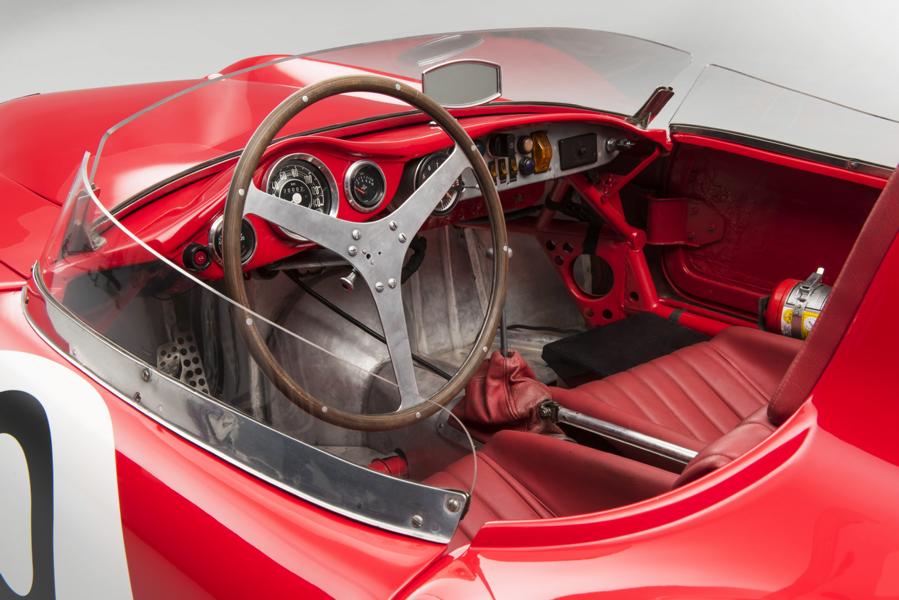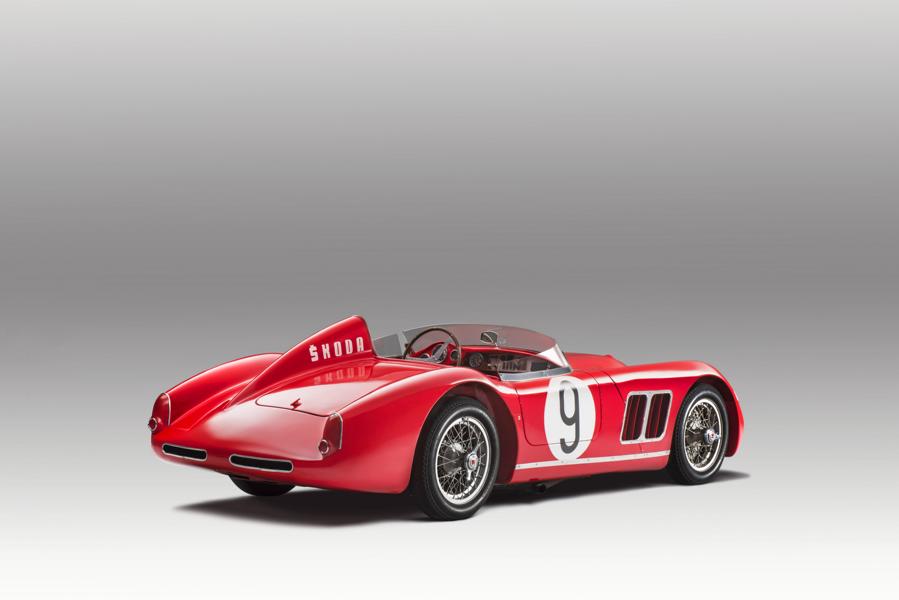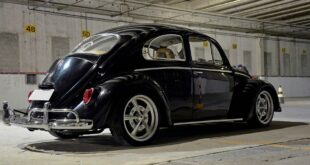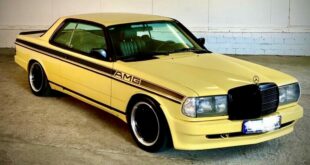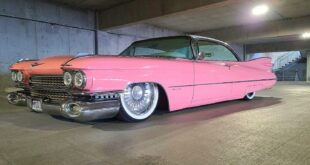Recently updated on October 8, 2021 at 12:35 am
At the end of 1957, the construction of the ŠKODA 1100 OHC racing car entered the final phase. Internally labeled 968, the vehicle was originally intended for long circuit races. Initially, two vehicles with an open body were created, which were followed by two coupés in 1959. The open, red-painted racing car is part of the collection of the ŠKODA Museum in Mladá Boleslav. In addition to the complete selection of images for this press release on the media portal skoda-media.de, there is also a 32-page brochure in English on various topics from 120 years of ŠKODA Motorsport.
ŠKODA 1100 OHC (1957)
The development of the two-seater sports car began in the spring of 1956 - with a stated goal: the bolide was to build on the first and only participation of a ŠKODA works car in the prestigious Le Mans 24-hour race (1950). The racing car was based on a lattice frame welded from thin-walled steel tubes.
This differed from the previous models ŠKODA SPORT and SUPERSPORT, which used a modified version of the robust chassis from the production model ŠKODA 1101. In order to achieve the best possible driving behavior, the load was ideally distributed over both axles. The clutch, five-speed gearbox and the transfer case were installed in the rear, where they formed a coherent assembly unit.
68 kW (92 hp) at 7.700 rpm
The ŠKODA 1100 OHC was powered by a four-cylinder in-line engine installed lengthways at the front with double ignition and two camshafts in the cylinder head. From a displacement of 1.089 cc, it drew a remarkable output of 68 kW (92 hp) at 7.700 rpm for the time. (the maximum speed was 8.500 min / 1) what a Specific output of almost 63 kW (85 PS). Originally, the engine burned high-octane aviation fuel, which flowed into two double carburetors from the Czechoslovak brand Jikov and later from the Italian manufacturer Weber.
The independent wheel suspension also played an important role: while a trapezoidal wishbone axle was installed at the front, the rear wheels running at a distance of 2.200 mm were guided on a pendulum axle with trailing arms. The precise and direct steering was carried out via a three-spoke steering wheel, which could also be removed for easier entry. Another element that was progressive for the late 1950s: the torsion bar suspension on the 15-inch spoked wheels from Borrani.
Thanks to the use of glass fiber reinforced plastic (GRP), the 3.880 mm long, 1.430 mm wide and 964 mm high racing car weighed just 583 kilograms. This enabled the ŠKODA 1100 OHC to achieve competitive acceleration values and a top speed of between 190 and 200 km / h, depending on the gear ratio. The low air resistance of the body created by the designer Jaroslav Kindl was also partly responsible for this. In keeping with the combination of practicality and elegance, the first model variant had two pop-up headlights, which soon had to give way to a more practical solution that was more suitable for racing: The second model therefore came with two permanently installed headlights that were installed under aerodynamic glass covers.
The public premiere of the ŠKODA 1100 OHC coincided with a victory: at the end of June 1958, the experienced works driver Miroslav Fousek won the race on the urban circuit in Mladá Boleslav. Racing drivers Václav Bobek Sen., Václav Čížkovský, Josef Vidner and Jaroslav Bobek also sat at the wheel of the vehicles in the following years. In addition to domestic motorsport events, the ŠKODA drivers also enjoyed success abroad - however, given the difficult political situation at the end of the 1100s and 1950s, the ŠKODA 60 OHC's appearance was limited to socialist countries. The planned participation in the 24-hour race at Le Mans did not take place.
The two vehicles with an open GRP body, which were manufactured in late 1957 and early 1958, were followed in 1959 by two more spacious coupé variants with closed bodies made of sheet aluminum. Nevertheless, the engineers succeeded in bringing the coupés to a weight of only 555 kilograms each and maintaining the high top speed.
The two closed ŠKODA 1100 OHCs were destroyed in accidents in private companies. However, the experts from the restoration workshop of the ŠKODA Museum are currently working on rebuilding a ŠKODA 1100 OHC Coupé using preserved components such as the frame, chassis and engine.
The open versions of the racing car are still intact. The copy from the ŠKODA Museum regularly takes part in classic car events in Germany and abroad. The second vehicle is owned by ŠKODA UK and is mainly used for advertising purposes in Great Britain.
Of course, that wasn't the end of it. Our tuning magazine has tens of thousands of other tuning reports in stock. Do you want to see them all? Just click HERE and look around. Or are you especially interested in our Tuning classics category? Then the following extract of tuned young and old timers is sure to be just the thing to browse.
ŠKODA 1100 OHC (1957): the beautiful dream of Le Mans
Photo credit: Škoda
tuningblog.eu - on the subject of cars, motorcycles, bikes / ATV / scooters & Co., and of course our passion, the Tuning, we keep you up to date and report daily on cool vehicles from all over the world. It's best to subscribe to ours Feed and you will be automatically informed as soon as there is a new post.
 tuningblog.eu Your magazine about tuning the car
tuningblog.eu Your magazine about tuning the car
